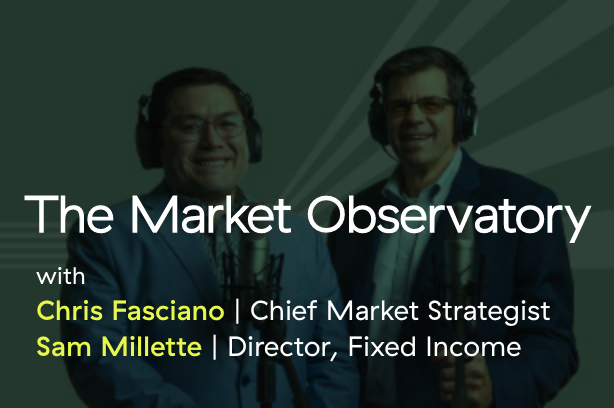This will be a short post as I am traveling. I spent last weekend in London, where I saw (to my delight!) not one but several black swans.
June 6, 2018
This will be a short post as I am traveling. I spent last weekend in London, where I saw (to my delight!) not one but several black swans.
As we head further into June, let’s take a moment to look back at May’s economic news, plus what to expect in the month ahead.
May 25, 2018
As we head into the Memorial Day weekend, I would like to take a moment to honor members of the U.S. military for their service and their sacrifice. I wrote the following post in 2015, although the sentiment remains true today.
May 18, 2018
After going through my investment thought processes over the past couple of days, today I am going to outline—in general—what I actually plan to do with my excess cash. So, let’s revisit some of the ideas we’ve talked about this week.
May 17, 2018
We closed yesterday’s post on whether markets are efficient with the conclusion that it could be possible to beat the market. But, to do so, we would need either better information or to view things differently—specifically referencing time horizons as one way to do that. Let’s start with a couple of areas where better information is a real possibility. Then, we’ll take a deeper look at the second idea, which is both more subtle and more interesting.
May 16, 2018
We closed yesterday’s post on how to invest with the question of whether markets were efficient—and what that would mean for how we invest. A foundational assumption of most investment theories is that markets are efficient, which is to say that all information is reflected in an asset’s price. If this holds true, then it shouldn’t be possible to beat the market because—by definition—everything that could affect prices is already accounted for.
May 11, 2018
After writing yesterday’s post on the price of oil, I thought it might be useful to take a longer-term look at the behavior of oil. I think this will provide some context to yesterday’s discussion, as well as to future developments. To start, let’s look at the price history over the past 30 years.
May 10, 2018
Oil has been in the news quite a bit recently. Prices have risen to multiyear highs, and the recent decision by the U.S. to reimpose sanctions on Iran has rattled markets even further. We know that oil prices are a key risk indicator for the economy, but is it time to start worrying? Plus, what do higher oil prices mean—if anything—for the financial markets?
As we start moving further into May, I think it’s a good time to take a look back at April’s economic news, plus what to expect in the month ahead.
A reader asked the other day, simply, whether I was worried about the debt. As I was considering a response, I realized it was going to be a long one and that I had not written about this issue for quite a while. So, here we are.

Episode 13
November 19, 2025
Episode 12
October 14, 2025
Episode 11
September 10, 2025
Episode 10
August 13, 2025
Episode 9
July 23, 2025
The information on this website is intended for informational/educational purposes only and should not be construed as investment advice, a solicitation, or a recommendation to buy or sell any security or investment product. Please contact your financial professional for more information specific to your situation.
Certain sections of this commentary contain forward-looking statements that are based on our reasonable expectations, estimates, projections, and assumptions. Forward-looking statements are not guarantees of future performance and involve certain risks and uncertainties, which are difficult to predict. Past performance is not indicative of future results. Diversification does not assure a profit or protect against loss in declining markets.
The S&P 500 Index is a broad-based measurement of changes in stock market conditions based on the average performance of 500 widely held common stocks. All indices are unmanaged and investors cannot invest directly in an index.
The MSCI EAFE (Europe, Australia, Far East) Index is a free float‐adjusted market capitalization index that is designed to measure the equity market performance of developed markets, excluding the U.S. and Canada. The MSCI EAFE Index consists of 21 developed market country indices.
One basis point (bp) is equal to 1/100th of 1 percent, or 0.01 percent.
The VIX (CBOE Volatility Index) measures the market’s expectation of 30-day volatility across a wide range of S&P 500 options.
The forward price-to-earnings (P/E) ratio divides the current share price of the index by its estimated future earnings.
Third-party links are provided to you as a courtesy. We make no representation as to the completeness or accuracy of information provided on these websites. Information on such sites, including third-party links contained within, should not be construed as an endorsement or adoption by Commonwealth of any kind. You should consult with a financial advisor regarding your specific situation.
Member FINRA, SIPC
Please review our Terms of Use.
Commonwealth Financial Network®